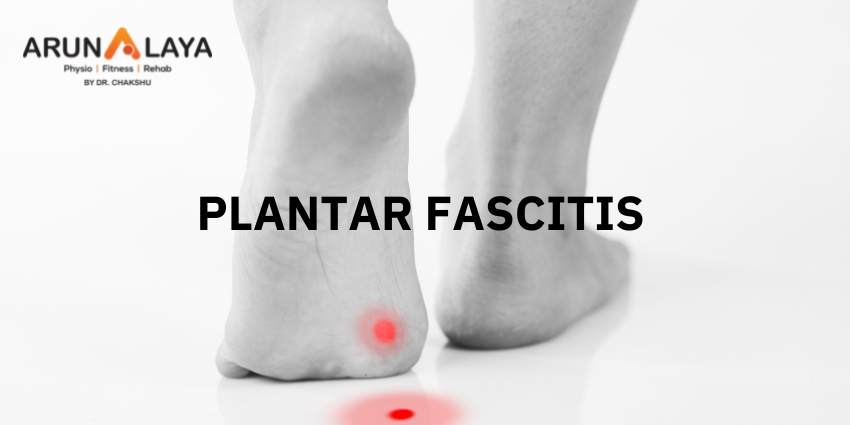PLANTAR FASCITIS
Heel Pain medically known as Plantar fasciitis is a very common condition in today’s fast paced lifestyle. Apart from plantar fasciitis there are other causes of heel pain as well.
8 causes of Heel Pain
1. Plantar fasciitis
2. Heel spur
3. Calf strain
4. Achilles tendonitis
5. Heel neuritis
6. Heel bursitis
7. Due to wearing high heels
8. Stress fracture of the calcaneus
What are the symptoms of Plantar Fasciitis?
Severe pain and swelling over heel
Numbness or tingling in the heel
You are unable to walk normally
You can’t stand on the back of the foot
Morning Pain in the heel
Difficulty in walking
Diagnosis
The therapist will ask the patient how much walking and standing the patient does, what type of footwear is worn, and details of his/her medical history. Often this is enough to make a diagnosis.
Physical Examination
On physical examination, patients may walk with their affected foot in an equine position to avoid placing pressure on the painful heel. Palpation of the medial plantar calcaneal region will elicit a sharp, stabbing pain. Passive ankle/first toe dorsiflexion can cause discomfort in the proximal plantar fascia; it can also assess tightness of the Achilles tendon. Other causes of heel pain should be sought if history and physical examination findings are atypical for plantar fasciitis.
PHYSIOTHERAPY MANAGEMENT
Cryotherapy 15-20min. for reducing pain and swelling.
Ultrasonic therapy
TENS(Transcutaneous Electrical Nerve Stimulation)
Plantar fascia stretching
Calf stretches
Ankle strengthening exercises
Advanced Physiotherapy
Myofascial Release
Dry needling
Taping
IASTM
Prevention
Dont’s
Avoid wearing high heels.
Avoid prolonged standing.
Avoid running.
Avoid walking on uneven hard surfaces.
Do not walk bare foot even at home.
Avoid driving for long hours.
Do’s
Do stretch your calves muscle twice daily.
Do wear comfortable shoes with soft and spongy insoles. Use silica gel heel cushion.
Do take rest while prolonged standing or walking.

